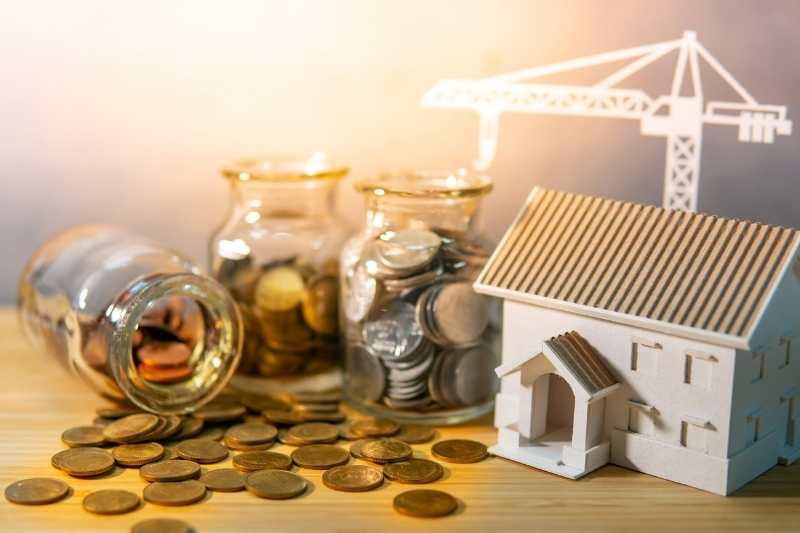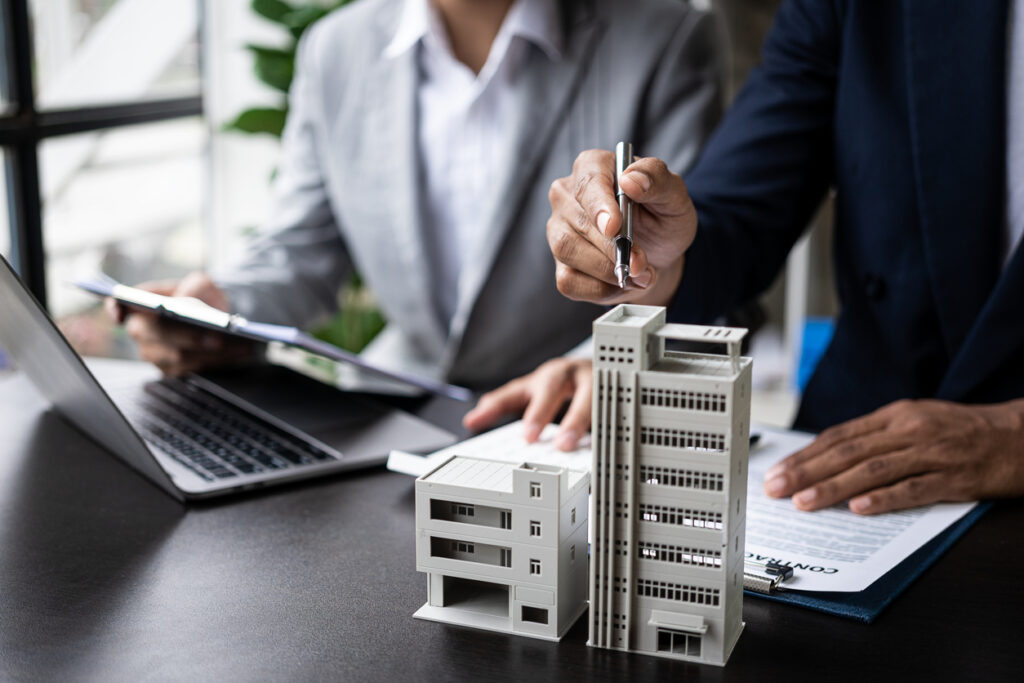Imagine this: One day, a property developer approaches with an attractive offer for your property. Suddenly, all the connundrums swirl in and leave you wondering whether you’re receiving a fair deal or perhaps even short-selling yourself. Understanding the potential worth of your property to a developer can help you make better-informed decisions. In this discussion, let’s delve into the key factors that influence the value of your property from a developer’s perspective.
Contents
Importance of Property Valuation
The backbone of any real estate deal is undeniably a sound and robust property valuation. Valuation greatly influences both the price negotiations and return on investment (ROI) expectations. For developers, ROI generally falls between 15%-30% of a project’s value, acting as a pivotal decision driver.
A property’s current market value is one thing, but how much does its potential worth mean to a developer? Surprisingly, it can be significantly higher than the current appraised value if the existing usage is far beneath potential. This scenario implies an opportunity for developers to remodel or repurpose the land, often resulting in considerable profit margins.
Speaking numerically, an undeveloped land appreciates at an average rate of 2%-5% per year in the United States. In urban and high-demand areas, these rates could skyrocket due to potential development opportunities.
Besides understanding capital appreciation rates and ROI targets, detailed financial and business economics analysis becomes essential to accurately determine property valuation.
Determining Property Potential
Property potential is primarily rooted in financial economics and depends on several interplaying factors that include location, development costs, market trends, and more.
Estimating development costs lies at the very heart of determining a property’s potential. Costs can range from $50-$150 per square foot for residential areas to more than $200 per square foot for commercial properties. It’s crucial to have these figures on your fingertips to ensure an accurate understanding of your property’s potential worth to a developer.
The sum of individual lands combined to create a larger development site often leads to higher value – sometimes by as much as 20%-30%! Such a strategy is known as land assembly. Developers identify this as an opportunity to command premium prices, further increasing the overall project value.
Moreover, in urban settings where space is at a premium, additional square footage can substantially add to the property value. Change in property use is another aspect that can considerably elevate your property’s potential and valuation.
Role of Land Size and Quality

Land size and quality significantly affect commercial property value. A periscope into financial management practices would reveal that larger tracts of land usually yield better returns due to economies of scale. However, it’s more than just the size; the quality and permissible usage also play decisive roles.
In some situations, developers might be allowed density bonuses—permission to build more units than typically permitted—that could potentially increase the property’s worth by about 10%-20%. The more units, sections, or subdivisions you can build on a plot, the higher its worth will climb.
Larger properties could potentially allow diverse projects appealing to different segments of the market. This diversity could hedge against market-specific risks and thus increase the land’s appeal and value for developers.
Quality is not just about physical parameters but also involves legalities. For instance, ease of title transfer, mortgage finance availability, and other such factors positively resonate with commercial developers looking for seamless transactions.
Zoning Regulations Impact
Zoning regulations widely influence land development plans. These dictate the building style, size, function, and even aesthetics. Regulatory alterations can render dramatic changes to a property’s worth—like rezoning from residential to commercial use in high-demand areas can potentially bolster land values by 50%-100%, or more!
Chances are developers could be more inclined towards a property if they could achieve some flexibility or exemptions with zoning changes – translating into lucrative financial benefits. Again, it emphasizes the importance of understanding and leveraging local development plans and regulations.
While the prospect might sound exciting, transforming a zone could be a labyrinth of legislation navigations. Therefore, weighing the benefits against the potential procedural hurdles is vital before jumping into decision-making.
The current use efficiency also forms an important determinant. If your land is far below its potential usage – say, for instance, a single-story structure standing on land zoned for high-rises, then for developers, your property would hold significant value.
Influence of Local Market Conditions
Local market conditions profoundly impact the value of your property to a developer. Knowing the trends in the real estate market in your area can aid you in assessing a fair price for your land.
Take into account factors such as demand for housing, trending building styles, average home prices, and economic indicators like employment rates or local GDP growth. A strong economy typically supports more robust property values due to increased purchasing power. Conversely, a sluggish economy can suppress real estate prices, as fewer people have the resources to purchase homes.
The median price of homes in the area can indicate whether it’s a buyer’s or seller’s market. In a seller’s market condition, there are more prospective buyers than properties up for sale, enabling sellers to command higher prices. In a buyer’s market scenario, there are more houses on sale than prospective buyers, thereby giving way to price flexibility which could potentially be exploited by developers.
Effects of Future Development Plans
Developers also consider overarching urban development plans and amendments to existing regulations that might affect their project. Future infrastructure developments, like roads or public transport facilities connecting your property with major commercial hubs and leisure spaces, could significantly enhance its worth. Also, upcoming schools, hospitals or malls within proximity could make your land increasingly attractive for residential projects.
If the city is undertaking urban modernization programs or incentives to promote certain types of developments (such as green buildings), this may considerably increase the potential value of your property.
Alternatively, policy changes can impact development costs and timelines. Resource availability (like water or sewer capacity) and environmental restrictions could also play into the feasibility and cost-effectiveness of the potential project.
Professional Appraisal Need

A professional appraisal can provide a benchmark value for your property based on its current use and condition. It’s vital to remember that an appraisal primarily reflects the current market worth and does not always accurately predict its value to a developer. Nevertheless, it provides a gauge against which you could measure offers from prospective developers.
An appraiser typically examines elements such as property size, condition, functionality, location, and compares it with similar properties recently sold in the neighborhood to ascertain value. High-demand areas can command higher prices than less sought-after locales. Property specificity, like waterfront or view-oriented properties, can further notch up its value.
Additional Value Through Renovations
Consider enhancing your property’s value before selling it to a developer through strategic renovations. For instance, improving accessibility through driveway paving or expanding parking areas could increase the appeal of commercial land or potentially position residential land for rezoning.
Notably, timely property maintenance is vital. Unresolved structural issues or pending repairs can impact negotiations negatively by adding potential development costs for developers.
However, resist unnecessary renovations – one that doesn’t add substantial value or might get demolished during development. Balance renovation decisions against the cost and time factor such that your investment produces an adequate return.
Negotiating a Fair Price
Negotiation is pivotal in settling a fair price between you and the developer. However, ensuring a beneficial negotiation rests on being well-informed about your land’s potential worth and awareness about prevailing market trends. Studying similar transactions recently finalized in your locale could provide valuable insights.
While negotiating, if it becomes apparent that your land holds substantial potential for the developer – say if it’s ideal for high-rise development while currently it’s underused, consider enlisting professional assistance to strike the best deal – this could be a realtor or attorney who specializes in land deals.
Remember not to hurry into a deal. Take time to consider the value a developer sees in your property and how much of that potential value you should claim for yourself. Be cautious about the first offer, as developers often begin negotiations with a lower price.
Concluding Thoughts
Uncovering the worth of your property to a developer involves considering factors like location, zoning regulations, market conditions, and the property’s development potential. Have your property professionally appraised, factor in potential renovations and examine future development plans in your area to ascertain a fair price. Ensuring a winning negotiation depends on understanding your land’s potential value and effectively leveraging that knowledge. Always remember, you’re not only selling your property’s current use but also its future potential.






